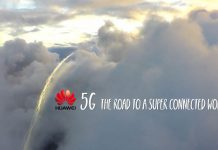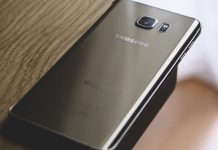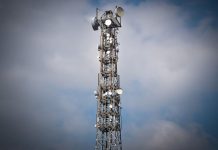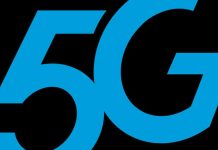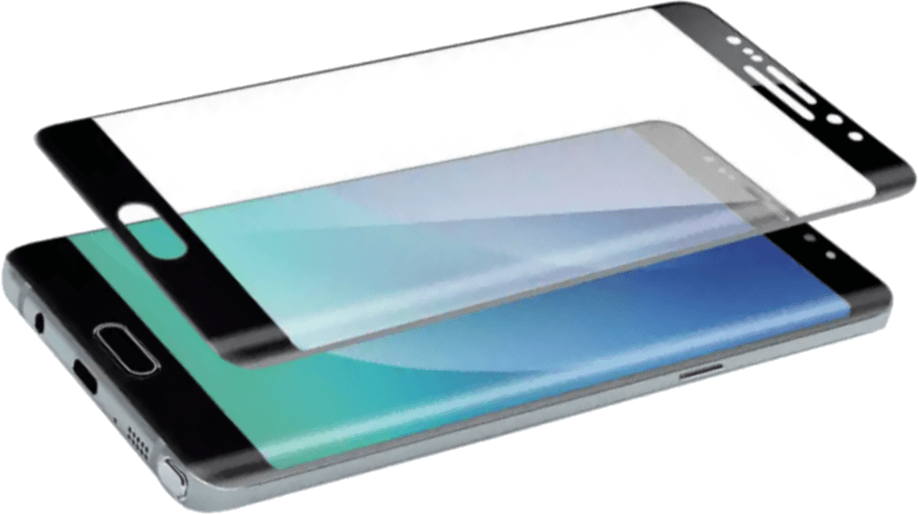There are more and more talks about the use of drones, which are neither toys for big boys nor modern weapons. Small and remote-controlled flying units can be used in a very interesting way by mobile network operators. PwC (PricewaterhouseCoopers) estimates that telecommunications companies will invest $6.3 billion in solutions using drones. They will be used both to control the technical condition of base stations, determine the coverage of the network, and to create temporary flying transmitters in order to periodically increase the capacity of the network in selected locations.
Drones can find a very interesting application in modern industry. For an example, US operators are seriously considering the use of drones for inspection of base stations. The main point here is to control the technical condition of antenna installations and radio modules installed on high antenna masts. Work at heights is dangerous. In the United States in 2017 as many as 8 employees lost their lives while working on telecommunications towers. In 2006, as many as 19 fatal accidents were reported. The second factor, due to which operators avoid unnecessary entries on masts, is purely financial. A single tower climb to check the technical condition of the base station costs from $2 000 to $5 000. However, the drone operator could do the same not only cheaper and safer, but also more accurately. In this scenario, a technical worker would be sent only for the purpose of repair.
Drones can also be used to improve the coverage of the cellular network
In this case, we have two applications of drones. The first of these involves checking the field of direct visibility of the base station. The point here is to determine whether there are any obstacles in the straight line from the transmitting antenna to the reception point that could degrade the quality of the radio signal. Thanks to this, operators could better plan the deployment of base stations. The second use of drones in cellular networks is quite interesting. AT&T has already constructed small flying base stations, which are called Flying COW (Cell on Wings). This innovative solution was used in Puerto Rico in order to provide wireless communication after Hurricane Maria. Similar drones will also be able to replace temporary base stations that are installed by operators to periodically increase network capacity. These types of treatments are required during events that attract a lot of people. A good example here is Pokemon GO Fest, which took place in Chicago.
Source: PwC





